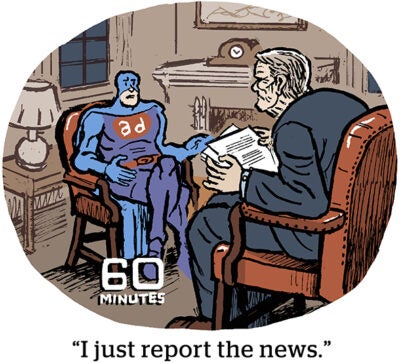“Data-Driven Thinking” is written by members of the media community and contains fresh ideas on the digital revolution in media.
Today’s column is written by Don Marti, VP of Ecosystem Innovation at CafeMedia.
With the deprecation of third-party cookies postponed until 2024, progress toward post-cookie ad systems has been slow. Even Google Analytics has delayed a forced cut-over to the more future-proof, GDPR-compliant version 4. Does this mean we’re in for yet another postponement?
Not necessarily. In the two years since the beginning of the end of third-party cookies, we have learned quite a lot about the promises and problems with a post-cookie web. Now, as web developers, we can be pretty confident the end will come – if we can make a few key things happen:
1. Develop and test updated versions of performance measurement tools
In a post-cookie world, where ad auctions happen inside the web browser, a complicated piece of JavaScript called a “bidding function” can be created on one site and run when the user is on a totally different site.
With today’s developer tools, if there’s a performance problem, it’s nearly impossible for the second site to replicate it and fix it. Tools and documentation for understanding these slowdowns will make sure the wrong site doesn’t catch the blame for a performance issue and help bidding functions work properly.
2. Involve end users – especially extension developers
It’s time to communicate about post-cookie technologies outside the narrow ad tech community. The web is the world’s greatest information platform because we can draw good ideas from everywhere. End users might be happy to learn more about how to get a better experience and provide feedback. Someone might even code up a browser extension that makes the post-cookie ad experience work better.
As browsers update the functionality available to extension developers, extension APIs will need updates to interact with post-cookie technologies, the same way they can help users manage cookies and history now.
Because the browser works for users, post-cookie ads will need to get approval from them, not just ad tech executives. The sooner users and extension developers are in the picture, the more they have a chance to build an “Ikea effect,” where they like post-cookie ads more because they helped put them together.
3. Stop trying to implement legacy anti-competitive practices
Proposals like “Topics API” would reward existing oligopolies by working for third parties that are already collecting more data from more sites. Because competition regulators are watching the post-cookie world carefully, deleting the anti-competitive proposals will keep things running smoothly.
Topics API might help giant incumbent firms. But, like third-party cookies, it creates hazards for users by rewarding deceptive practices that drive them to deceptive sites. Better to focus on more constructive options for ad placement, like Seller-defined Audiences, PAIR and FLEDGE.
4. Explore promising post-cookie proposals
First-Party Sets (FPS) would encourage better data practices and more transparency among players that want to cooperate. Sites will be able to put their reputation on the line in public to assert they are clearly part of the same understandable “party” that can be trusted with a user’s personal info.
Users would then allow limited cross-domain data sharing within the same party – and, in exchange, they get the benefit of an independent public review.
5. Invest in post-cookie advertising
Big Tech firms need to start putting some of their own ad budgets into the most promising post-cookie ad systems. Real revenue will help all publishers and intermediaries justify an early investment in post-cookie projects.
The key discussion forum for what happens after the end of the third-party cookie is free and open to all, under a generous participation policy. You do not have to be a W3C member to join the Private Advertising Technology Community Group – just sign up, join the mailing list, and start talking.
Today, most of the voices in the room come from Big Tech and from ad tech intermediary companies. But the decisions being made will affect the whole web. Involvement from content creators, user researchers, and people who understand all uses of the web will make the future web, after cookies, work better.
Follow CafeMedia (@CafeMedia_) and AdExchanger (@adexchanger) on Twitter.
For more articles featuring Don Marti, click here.















